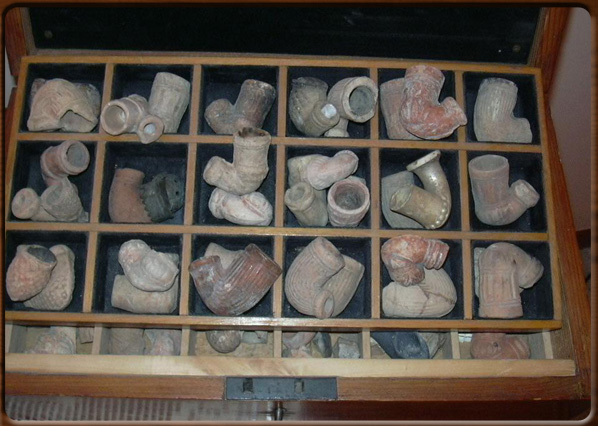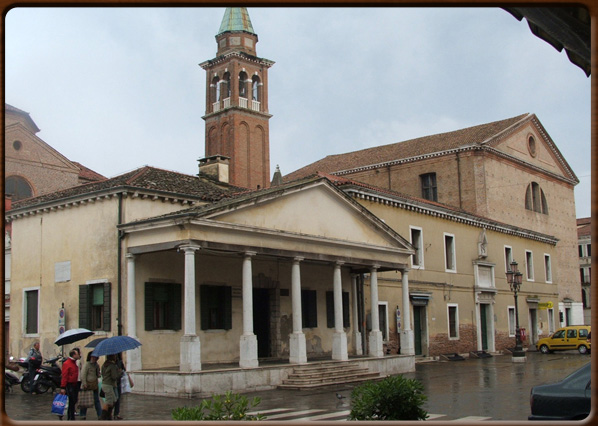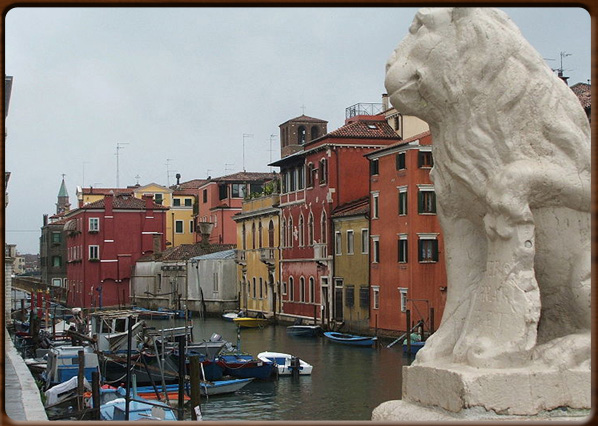
Funny bicycle route.

Ancient pipes in terracotta.

Pipes of Chioggia.

Pipes of Chioggia in terracotta.

Chioggia centre.

Canal.






No video
Pipes first appeared in Europe, together with tobacco, in the early 1500s. They were small simple clay pipes, yet functional. Being cheap and easy to produce and aesthetically appealing, they quickly became popular, even if they could not be expected to last for very long owing to the fragility of the material used. To begin with, pipes were small because tobacco was hard to come by and expensive. Pipes were often seen hanging from the mouths of Spanish and Portuguese sailors, but it was the British who really set the European fashion for pipe smoking.
The major European centres for the production of clay pipes were in Holland, England, France, Belgium, Spain and Italy. At the time white clay was mainly used (hence the name “clay pipes”) and these are still made today.
A flourishing centre for the production and sale of clay pipes in Italy was the town of Chioggia.
During the 19th Century annual pipe production reached more than four million in six competing factories specialising in pipes.
The first documented production of these “chioggiotta” pipes dates back to 1655, but is likely that pipes were already being produced in Chioggia at the beginning of that century. With their simple design, they were made using clay from the River "Po", a material that turned red after being fired in the kiln. The craftsmen of Chioggia always remained faithful to this clay.
In the mid 1700s, the simple red pipe became more refined in form, was decorated with friezes and coated with glaze.
In the 1800s style of the chioggiotta pipe changed to suit the dictates of European fashion: no longer glazed, the clay was treated with salt water to give them a characteristic yellow ivory colour after firing.
Another essential element of the chioggiotta pipe was the "canna", i.e. the wooden mouthpiece that connoisseurs insisted had to be made from “marasca” (a type of cherry wood). In fact, old smokers used to mix their tobacco with chopped cherry leaves to give their smoke a special flavour.
Chioggia pipes were so successful not just on account of their look, but also – and mainly – thanks to their quality and technical properties, as they were safe to draw on and the smoke was filtered better.
Even today, you can still find some small potteries and ceramic tile firms in Chioggia that produce the famous clay pipes, using traditional techniques.
1500 - - rev. 0.1.6